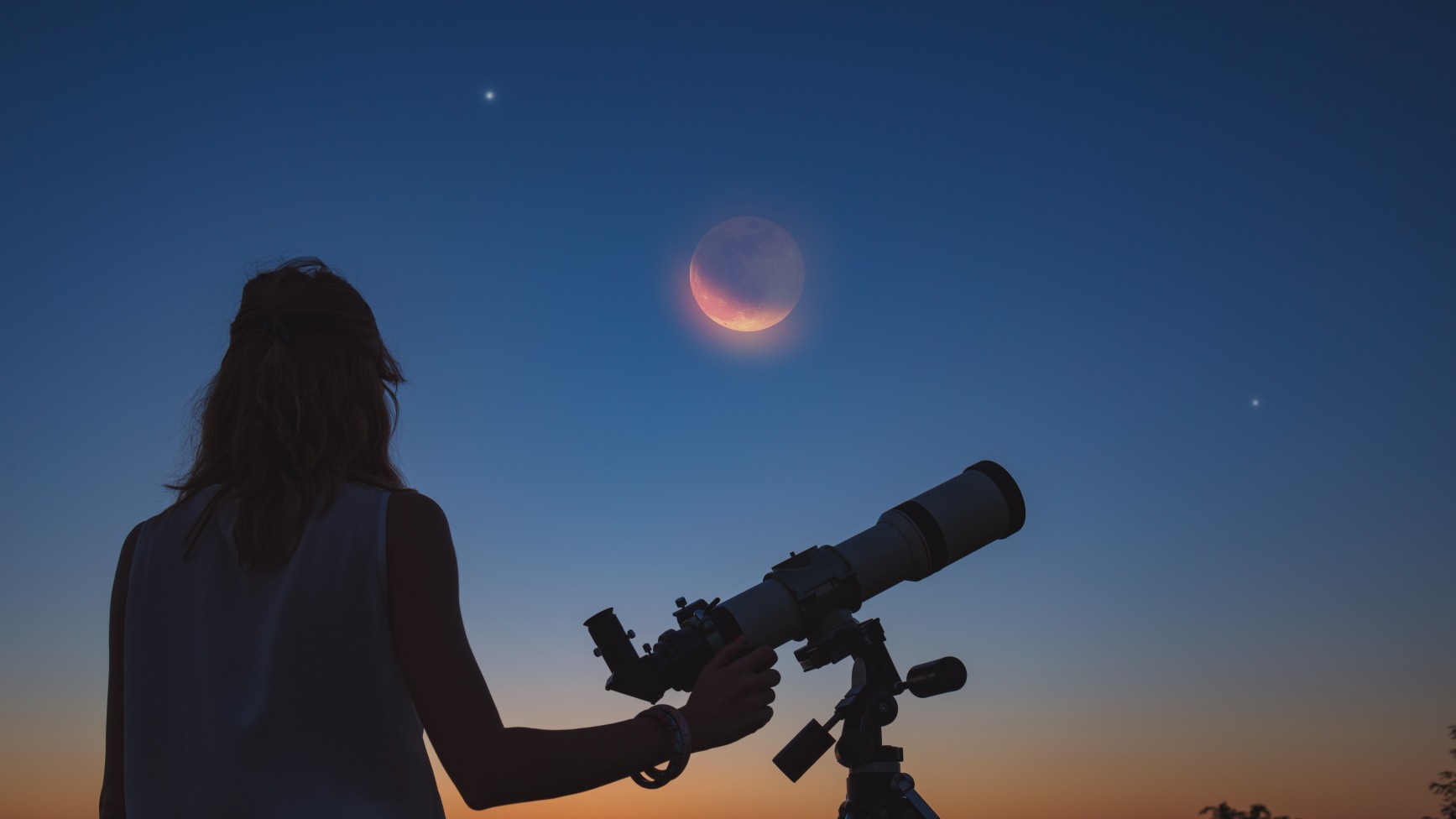
The universe is full of mysteries.
In observations gathered by NASA’s Transiting Exoplanet Survey Satellite (TESS), astronomers stumbled on yet another mystery, and a dusty one at that. In new research, a team of scientists examines potential causes of strange signals emitted by an object dubbed TIC 400799224.
Based on what astronomers have seen so far, the researchers suggest that this object might be a binary star, or double star system, in which one of the stars is surrounded by a massive cloud of dust, the rubble of perhaps a large asteroid, according to a statement from the Harvard-Smithsonian Center for Astrophysics, home to one of the researchers on the team.
Related: The 10 biggest exoplanet discoveries of 2021
TESS is designed to spot exoplanets by looking for tiny, rhythmic dips in the brightness of a star — dips caused by a planet passing in between the telescope and the star, blocking a smidge of its light. However, planets aren’t the only phenomenon that can cause changing brightness like this, so TESS has gathered a bounty of observations on everything from supernovas (exploding stars) to triple star systems and more.
When the researchers were looking through TESS data gathered in early 2019, TIC 400799224 stood out because it became nearly 25% dimmer in just a few hours, then made several more sudden brightness changes. (TIC stands for TESS Input Catalog and references a database of “every optically persistent, stationary object in the sky,” by the way.)

TESS spends about one month on a single patch of the sky then moves on, but these patches overlap, so the object was included in four different sectors observed between March 2019 and May 2021. The researchers also turned to other instruments for additional information on the strange object, incorporating data from facilities including the All-Sky Automated Survey for Supernovae and the Las Cumbres Observatory, both networks of ground-based observatories around the globe.
Taken together, all this data let scientists piece together a picture of what might be causing the strange signal. The researchers suspect that at the heart of TIC 400799224 is a binary star in which two similar stars circle each other. But one of those stars appears to be pulsing every 19.77 days, causing the more complicated patterns; that pulsing, the astronomers argue, is caused by a massive cloud of dust surrounding the star. That dust has a combined mass equivalent to the remains of an asteroid 6 miles (10 kilometers) wide, they calculate.
The scientists consider a few different explanations for all that dust, but suggest that the most likely case is that collisions between miniature planet-like objects like asteroids are creating the dust. Still, it’s a tricky case to explain because the amount of dust hanging around seems to have remained pretty steady throughout the six years that the scientists can find existing observations of TIC 400799224. The researchers hope to continue observing the object to better understand its strange patterns.
The research is described in a paper published Dec. 8 in The Astronomical Journal.
Email Meghan Bartels at mbartels@space.com or follow her on Twitter @meghanbartels. Follow us on Twitter @Spacedotcom and on Facebook.
Join our Space Forums to keep talking space on the latest missions, night sky and more! And if you have a news tip, correction or comment, let us know at: community@space.com.

Meghan is a senior writer at Space.com and has more than five years’ experience as a science journalist based in New York City. She joined Space.com in July 2018, with previous writing published in outlets including Newsweek and Audubon. Meghan earned an MA in science journalism from New York University and a BA in classics from Georgetown University, and in her free time she enjoys reading and visiting museums. Follow her on Twitter at @meghanbartels.
Note: This article have been indexed to our site. We do not claim legitimacy, ownership or copyright of any of the content above. To see the article at original source Click Here













